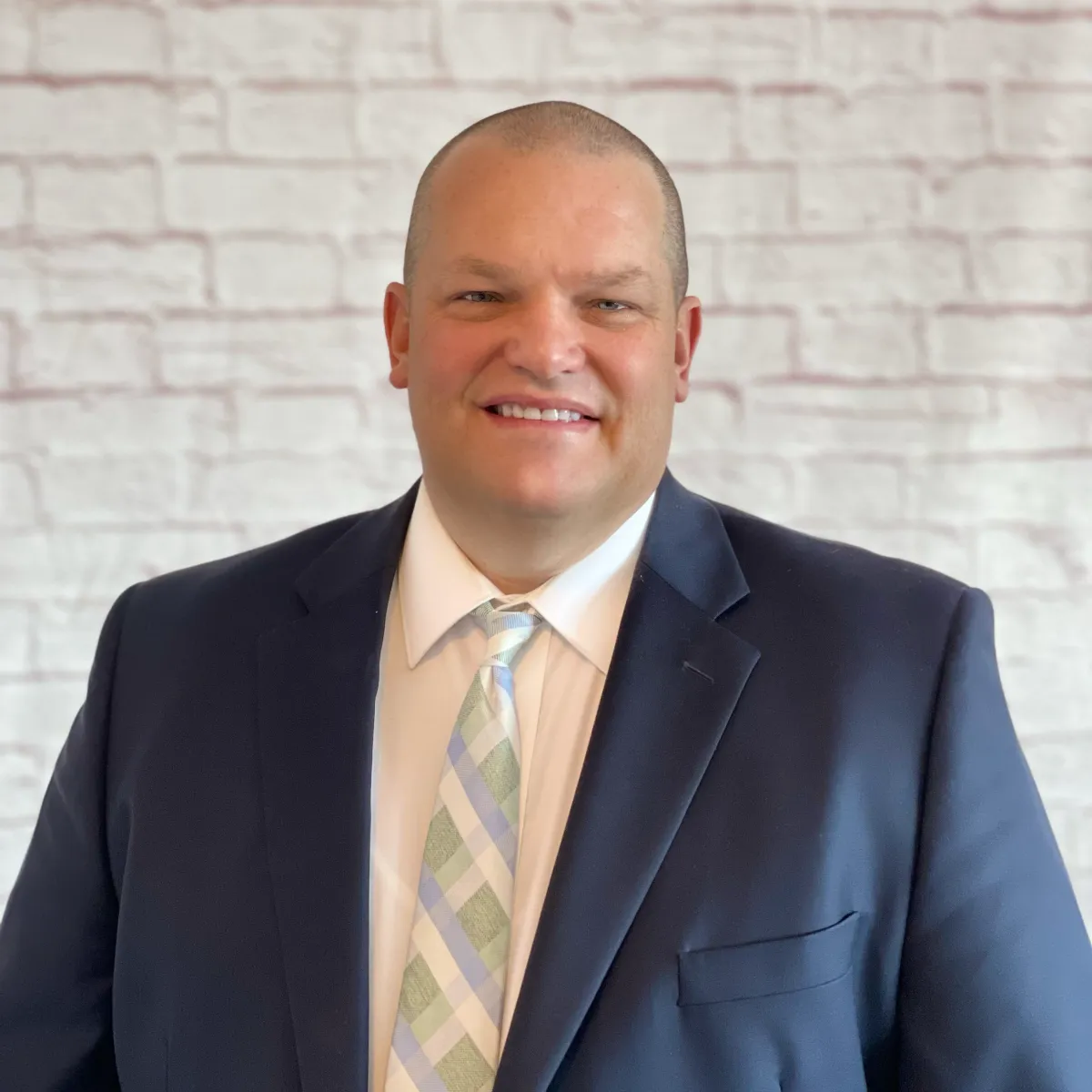Articles and Podcasts

Target Marketing
The Key to Local Target Marketing for Your Practice
To REALLY meet the healthcare wants and needs of a population, it is necessary to know them well. Otherwise, you will spend time and effort on activities and advertising that won't work. This episode starts with the basic assumption that too many doctors believe the ideal patient base will look like they do (fit their demographic profile). Their unique point of view will be lost as providers carry out these assumptions without doing good research.
The Marketing Report and Practice Site Viability provide inexpensive research tools to help doctors learn about the lifestyles of patients in locations they are considering. As an aside, this is cutting-edge research technology provided by great vendors!
Visit our website at www.doctordemographics.com to get samples of these reports
Watch the Podcast Video Here:
Listen to the Podcast Here:
Read the Transcript Here:
Ladies and gentlemen, hello, this is Scott McDonald of Dr. Demographics, and today we're going be talking about target marketing that is, uh, specific to the location that you're consider. I call it affluent, young, and professional. The reason is, um, really there's some people who believe that you really ought to try to serve the affluent, the young professionals.
Those are the only people worth your time and effort. Uh, the truth is, however, uh, well, there's a little more to the story, so let's. Popular culture may have more than a little influence [00:01:00] on the conclusions. So I, let me tell you, I, I got this quote from my class. Now you probably know. I teach college and I have a class on marketing, target marketing specifically.
Uh, . And when asking my students, I said, what do you think doctors ought to see as the most important demographics? Uh, they told me, well, they ought to be young, professional, uh, liberal. You know, those are the people who most want to serve. And I asked why? And they said, because they are the most relevant people in America and the most influential.
There are a lot of reason to think they're. They're not the fastest growing segment in America, nor are they the largest. They certainly are not the richest, nor do the, they spend the most money by all objective measures. [00:02:00] Uh, the beautiful people. Are not necessarily great patients. Uh, they are unlikely to refer to other pa uh, their other patients, but it's certainly true that they see the world through the lens of their own experience.
And I mean, specifically, uh, my students. It is always a challenge of our perception, our lens. In other words, because it skews one's outlook, I worry about the next election With this attitude, the best patients may not be like them. The people they elect may not be competent, but they sort of have the same vibe.
As, uh, certain people. Now what I've seen of this, uh, this population. Is we make a mistake when we assume that we ought to find people like us. Now, that works if you're trying to date, [00:03:00] and it works if you're looking for friends. Not such a good idea if it comes to patience, because the people who you most wanna reach are sometimes homely, uh, sometimes older than you are, younger than you.
And don't live next door to you. In essence, uh, there's a problem. Identifying a population by demographics in terms of their sex appeal. Who these people might be that, that you'd wanna spend time with. You wanna spend time with your patients and not have them be like you are. As an example, we assume everyone sees the same television programming, uh, but.
Their living space and type of, of space they live in is not the same as ours because of their values. We are not among the lithic nation, and I say that because we're not all [00:04:00] the same. If you want to have a successful practice, you need to have some variety in the population you're seeking to, to attract a practice.
Older, younger, richer, poorer, more or less. Now opinion leaders, those people who are what we would call the elites, think the population is about the same age, they believe religiosity. Uh, how often people go to church is very similar. Well, it may not be college education. Is not really a universal priority.
You see, the elites want to believe everyone seeks medical and dental care in the same places and for the same reasons, but there's variety and let's talk about that in a minute as to how you identify what the people in an area are like, what they want, what they need, [00:05:00] and let that be the, the determiner for how desirable the site is for a.
Doctors have to allow for demographic and cultural differences to appeal to the patient base. And this can be difficult unless you know how to do the research. And we're talking about a metric that you can use called psychographics. Now I've spoken on psychographics before, uh, and I want to talk to you about it today as.
We offer at Dr. Demographics a viability study with a lifestyle or psychographic component that is not to show how we're all alike and where a favored group can be found. Some people in a neighborhood are quite different from each other, and it doesn't mean that a practice that is placed in that environment will be unsuccessful.
They can be, in fact, quite. [00:06:00] It seems that elites, especially now, those people in the media seek medical and dental care or, or believe that people seek medical and dental care for the, in the same places for the same reasons, but we have to allow for demographic and cultural differences to be successful.
If everybody was the same one size fizz all, well, that would be one thing. But in healthcare, it's a bit of a myth, uh, a myth. We need to identify where people are really in their lives and try to help the people where they are right now. So if you were to say to me, I am considering a practice in this city or state, or even in this neighborhood, I can do the research and tell you what they want and what they need based upon their lifestyles, or in other words, the [00:07:00] psychographic components.
They call this a value study and e SRI is one of the primary vendors through their tapestry product. That's the one that I. Considered to be the best and most flexible in helping doctors to identify what the people in that area are reading like. And that's the bottom line. You have to know what people value, what they really like, what they do.
In other words, not just their, their work. And it should be not based upon just their demographics, which will tell you their age and their income, but upon the things that they choose to do. That's what you need. Not everyone wants and needs the same thing from their healthcare. If you understand what they do want or what they perceive they want, your marketing will will work much better.
[00:08:00] You will be able to offer services that will fit with the population that is there. Now, you may assume already that you know this well. You probably know a lot, but I want to give you a fuller picture by painting a psychographic profile of an. The assumption is that knowledge will attract people who live and work in your area by offering the right mix of services for them.
But this research is not often done by your competitors. You should know that the dominant market segments that live and work in your area are going to be different from each other, and they'll be. Marketers recognize 65 different lifestyles, not just one or two or the original nine. There's more complexity to a target market or the population that dominates an area, and you need to know it.[00:09:00]
You can tell what they are, or we can tell you what these are and how to act upon them. There are factors that you need to. Now researchers posited, there were seven key constructs that were fundamental in getting people to act to get care. You see, it's one thing to have an idea who the people are, but it's much more complex to figure out how to move the needle, how to get people to do something, and that is, uh, revealed in what we call the health belief.
I strongly recommend you Google it. Each applies to a different lifestyle or a psychographic segment that research finds. Now, Dr. Irwin Rosenstock was a social psychologist and he came up with these [00:10:00] seven constructs in healthcare. Did decide, uh, or to determine whether people will go to a doctor to seek certain.
Well, let me give an example. Perceived susceptibility. If the population believes that there is a disease or a condition that they're going to get, and it's perceived as being severe, there are a lot of people who come to the office, but this isn't just for life and death decisions. This is for dentistry and dermatology and many other healthcare practice.
There are also perceived benefits that each construct will carry for each lifestyle in an area, but each lifestyle also has barriers to seeking care. I discuss this when I do a viability study in each, uh, location that you're considering [00:11:00] now. Mike Green. Is really an expert in this area and has done a great deal of research.
So when Mike, uh, does a little deep digging into what's gonna work in the area, he's gonna tell you what the variables, modifying variables, as well as the cues for action or two action in that. Mike can tell you what people will respond to in their advertising and in statements that you're making about your practice.
It will also, yeah, I should say people have to believe that what you're going to do is going to help them. It has to be self effic. But each group has different signals for efficiency or, uh, to, to make sure that it will work for them. This is very based upon age, ethnicity, [00:12:00] race, well culture, and these reports and these factors are discussed very briefly to help you to over.
Obstacles that might exist within the community. So let's say you're a little frustrated that your advertising hasn't been paying off, that you've been referring or, or trying to build up the referral base so that it will really help a lot of people. These factors, these seven constructs are necessary to understand for each of the populations that are dominant within your area, and that's what the practice site Viability report is all about.
It's getting the answers to help make your investment in your practice worth it. It's worth noting here that in each lifestyle there are distinctive ways, uh, of manifesting these [00:13:00] constructs. Research can tell you how many residents there are that fit each group, but also with the key words and attractions and inducements to get people to act.
This is something that is not typically done by demographic reports because people don't understand sufficiently about healthcare marketing. These reports are a little different. Now in demographics, there are really two big questions that we have to answer. Whom do you want to serve? Now? Sometimes it's by age, by income, by educational attainment.
But if you know enough facts about the people you want to reach, you can then make all the other decisions, like on where you advertise and what you say in that advertisement or a publicity material to get people to actually pull the trigger. How do you move the needle, in other [00:14:00] words of action, where you have to get an idea of what the key motivations of each group.
And that's what the practice site viability report can do, and to a lesser degree, one of those quick view reports.
Now, if you want to get in touch with this or see a sample, please go to www.doctordemographics.com or give us a call at (800) 849-0499. You need to know what you're getting and these are not very, But believe me, they can save you a ton of effort and money if you understand these key facts about the people that are dominant within the area of the practice site.
That's what this is all about. This is Scott McDonald. I want to thank you for watching and hope have inspired you to go to take a look at these reports and to do a [00:15:00] little more digging in psychographics. Thanks so much for watching.
Our Leadership

Scott McDonald
"Demographics is more than just facts and figures. It is the foundational story in which we develop the right strategy and plan to create successful practices over the long-term. Markets change, economies fluctuate, and internal goals differ. Our goal at Doctor Demographics is to provide you with not just the data, but experienced analysis to help you create the practice you've always dreamed of having."
Scott McDonald
Founder - Doctor Demographics

Mike Green
"Mike Green is a seasoned healthcare strategist with over 30 years of experience specializing in practice placement/promotion strategies, demographics, and psychographics. He empowers doctors and healthcare entrepreneurs to build thriving, patient-centered practices through data-driven strategies. Having conducted over 10,000 market studies over the. years, Micheal transforms insights into actionable plans, helping practice owners establish and scale their practices across the United States and beyond. His proven approach ensures practices not only compete but excel in their communities. Micheal’s expertise delivers sustainable success for new and established practices alike. "
Mike Green
Owner - Doctor Demographics



Facebook
Instagram
X
LinkedIn
Youtube
TikTok